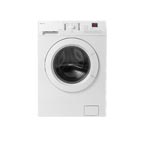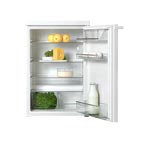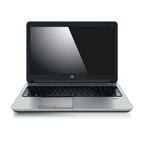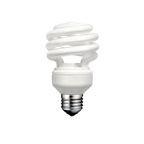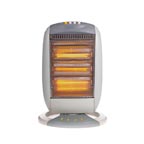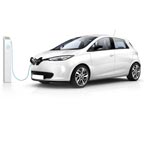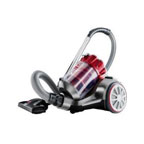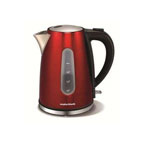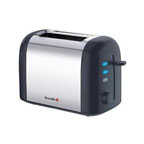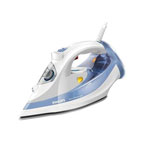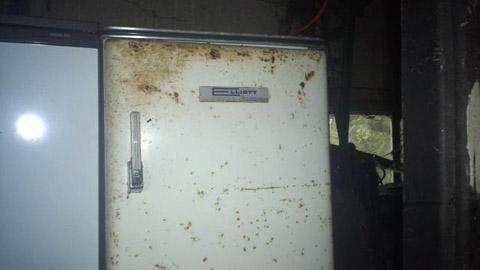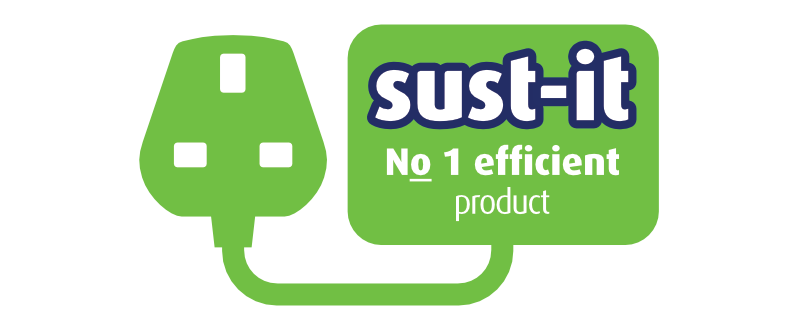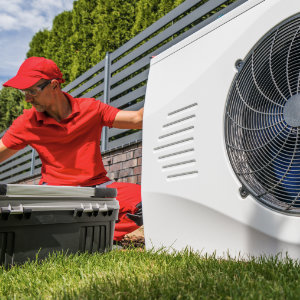Q: Why did you start Sust-it?
A: Frustration at the lack of information regarding energy efficiency! I’d been fortunate to self-build an eco house in 2006 – which involved lots of research in into energy-efficient building design and low carbon-intensive materials/techniques.
Before we moved in, we turned our attention to our old electricals, which were in storage. Should we replace our old tube TV and 12-year-old washing machine with modern super-efficient ones? More research began, and, to my surprise, I found a complete lack of understandable information on energy usage and absolutely no information on televisions! Yet I knew, from experience, that Plasma screens were energy hungry! It also surprised me to find such differences between appliances on how much power they used. I thought it would be helpful to show people how much electrical appliances cost to run – both to help them save money and reduce CO2; the Sust-it website was born!
Q: How hard was it to get information from manufacturers in the early days?
A: It’s still a struggle getting good accurate data. Our figures come from manufacturer’s websites, which are a bit like phone chargers, they’re all different! I believe manufacturers should be made to show energy labels on their website, in the same way as they are required to in-store and on advertising.
Q: Every appliance seems to be ‘A’ rated now. Are you pleased with the improvements they have made?
A: Yes & no. It still amazes me that many manufacturers seemed to surpass the highest standards when new labelling regimes were introduced. Shouldn’t higher targets be set? More could be done to encourage consumers to buy energy-efficient appliances – UK consumers are not yet purchasing enough A+ to A+++ appliances; sales in 2011 only accounted for 30%, compared to Germany, where sales within this range were 88%!
Q: How can consumers understand Energy labels? They are now even more confusing. Ratings such as A++++ (-40%) might look good, but what do they mean to consumers?
A: I never understood why the A+++ system was introduced; it just confuses people (and me sometimes!) The EU should have recalibrated the labels when new standards were introduced. The A to G traffic light system worked okay; if you got an F at school you knew you were in trouble, and red means stop!
I’d suggest showing the running costs would be the most significant step forward, as consumers better understand pounds and pence than kilowatts and watts.
More tips to follow.

